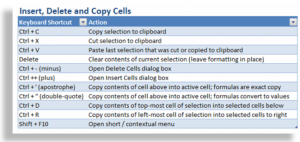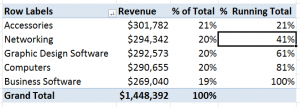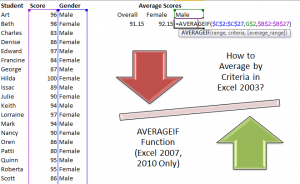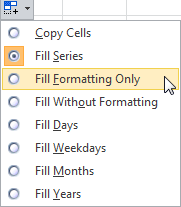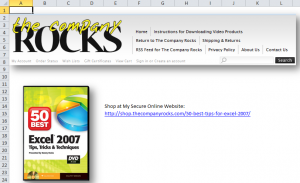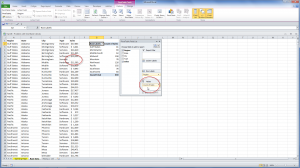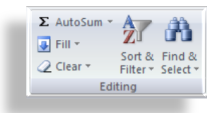 Here is the latest installment in my series of video tutorials on Keyboard Shortcuts in Excel. In this lesson, I demonstrate how to Fill a Series with Values or a Formula Down or to the Right.
Here is the latest installment in my series of video tutorials on Keyboard Shortcuts in Excel. In this lesson, I demonstrate how to Fill a Series with Values or a Formula Down or to the Right.
The more interesting Keyboard Shortcuts that I demonstrate in this lesson are:
- Ctrl + ‘ (apostrophe) – to copy the value from the cell directly above; to copy the formula from the cell directly above while retaining exact cell references.
- Ctrl + Shift + ” (double quote) – to copy the value from the cell directly above; to copy the “result” of the formula from the cell directly above.
Download My Free “Chart of Popular Keyboard Shortcuts in Excel”
- Follow this link to download all of my Popular Keyboard Shortcut Charts from my Exclusive Membership Content page.
- You can also download this – for FREE – at my Online Shopping Website – here is the link: http://shop.thecompanyrocks.com/chart-of-popular-keyboard-shortcuts-for-excel/
Watch Tutorial in High Definition
Click here to go to my YouTube Channel – DannyRocksExcels – where you can watch this tutorial in High Definition mode.
 Excel Keyboard Shortcuts to Fill a Series or Copy Values from Cell Directly Above [ 6:12 ] Play Now | Play in Popup | Download (1357)
Excel Keyboard Shortcuts to Fill a Series or Copy Values from Cell Directly Above [ 6:12 ] Play Now | Play in Popup | Download (1357)













